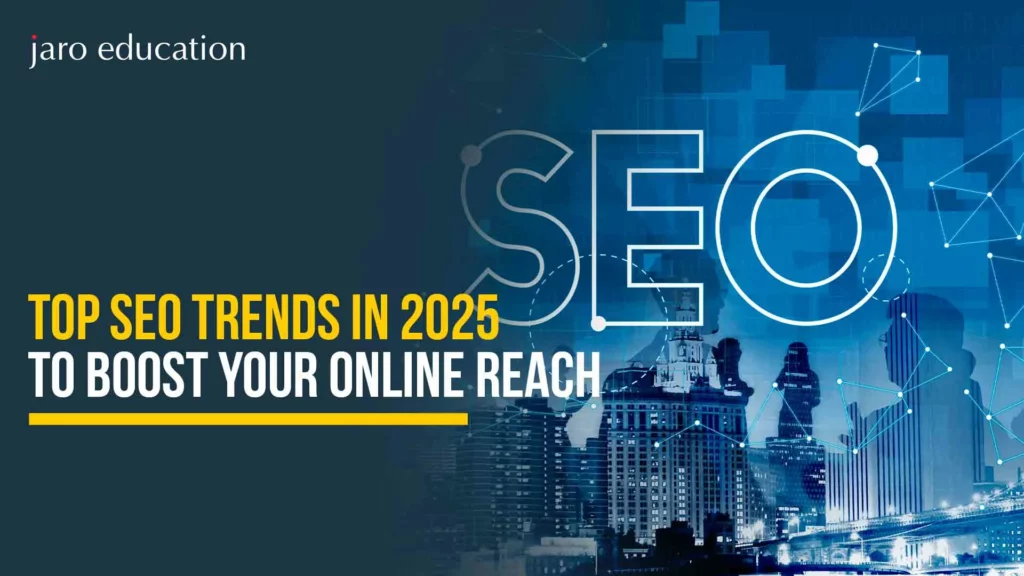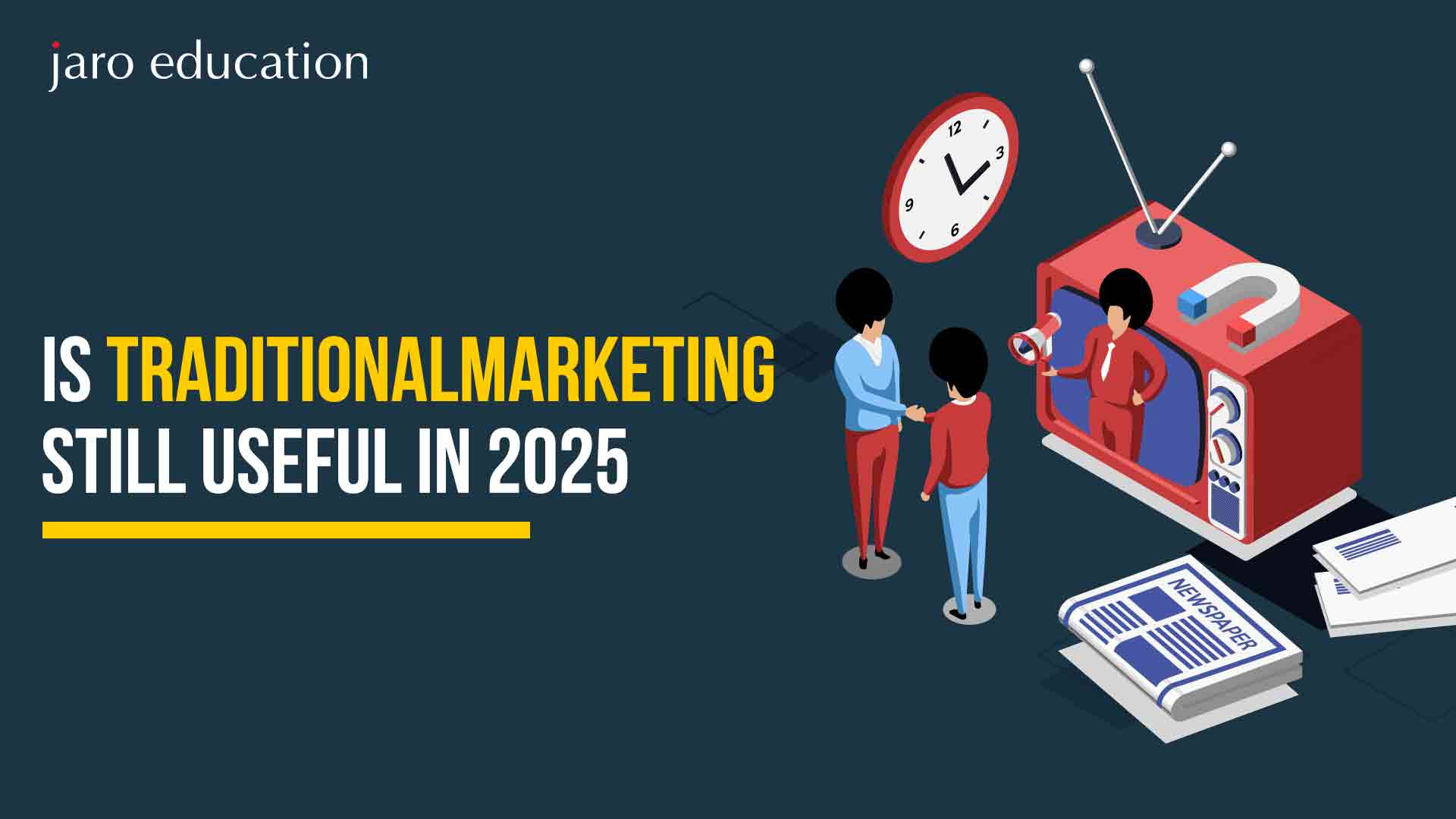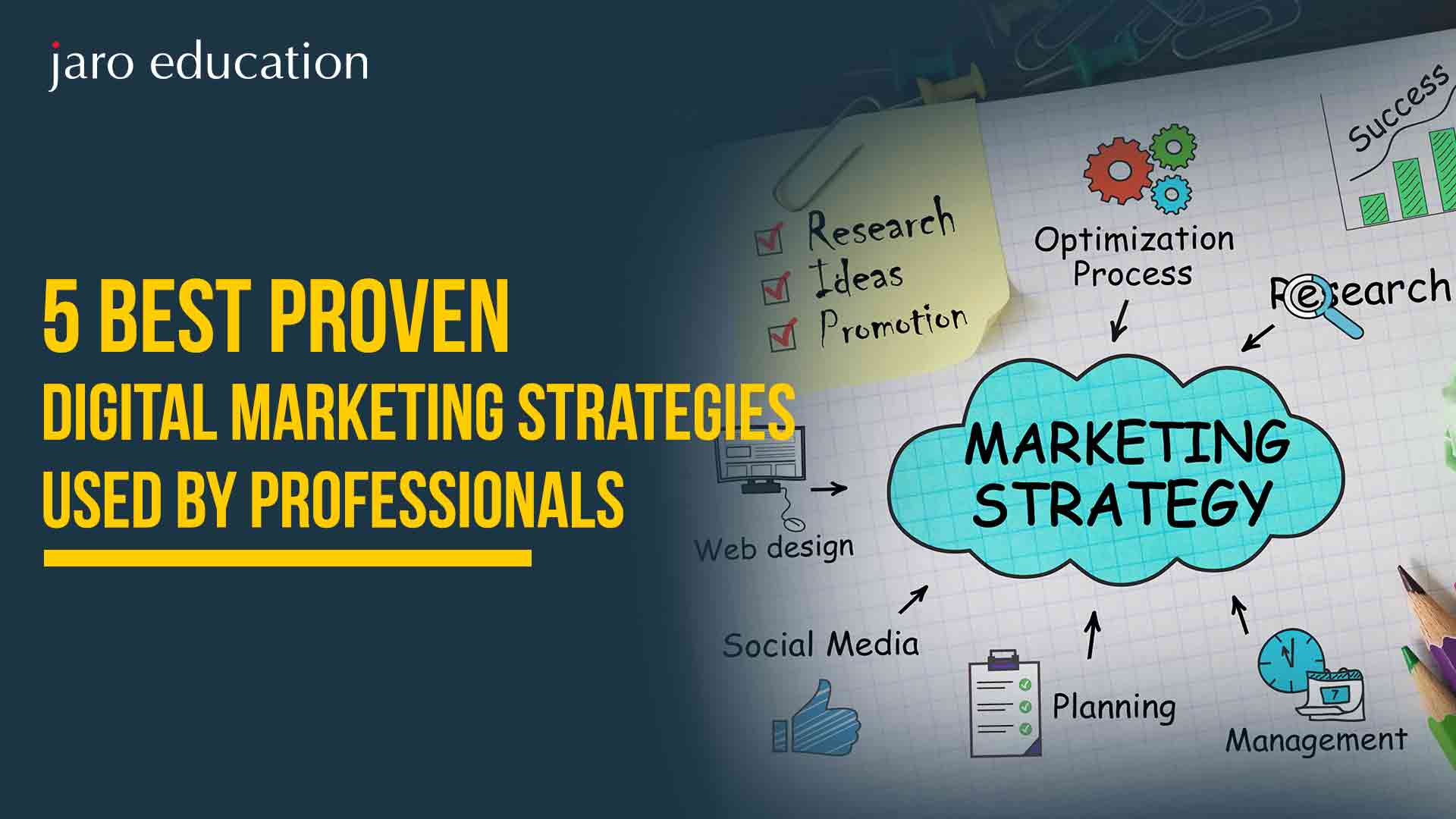8 Digital Marketing Trends That Will Dominate 2025
Table of Contents
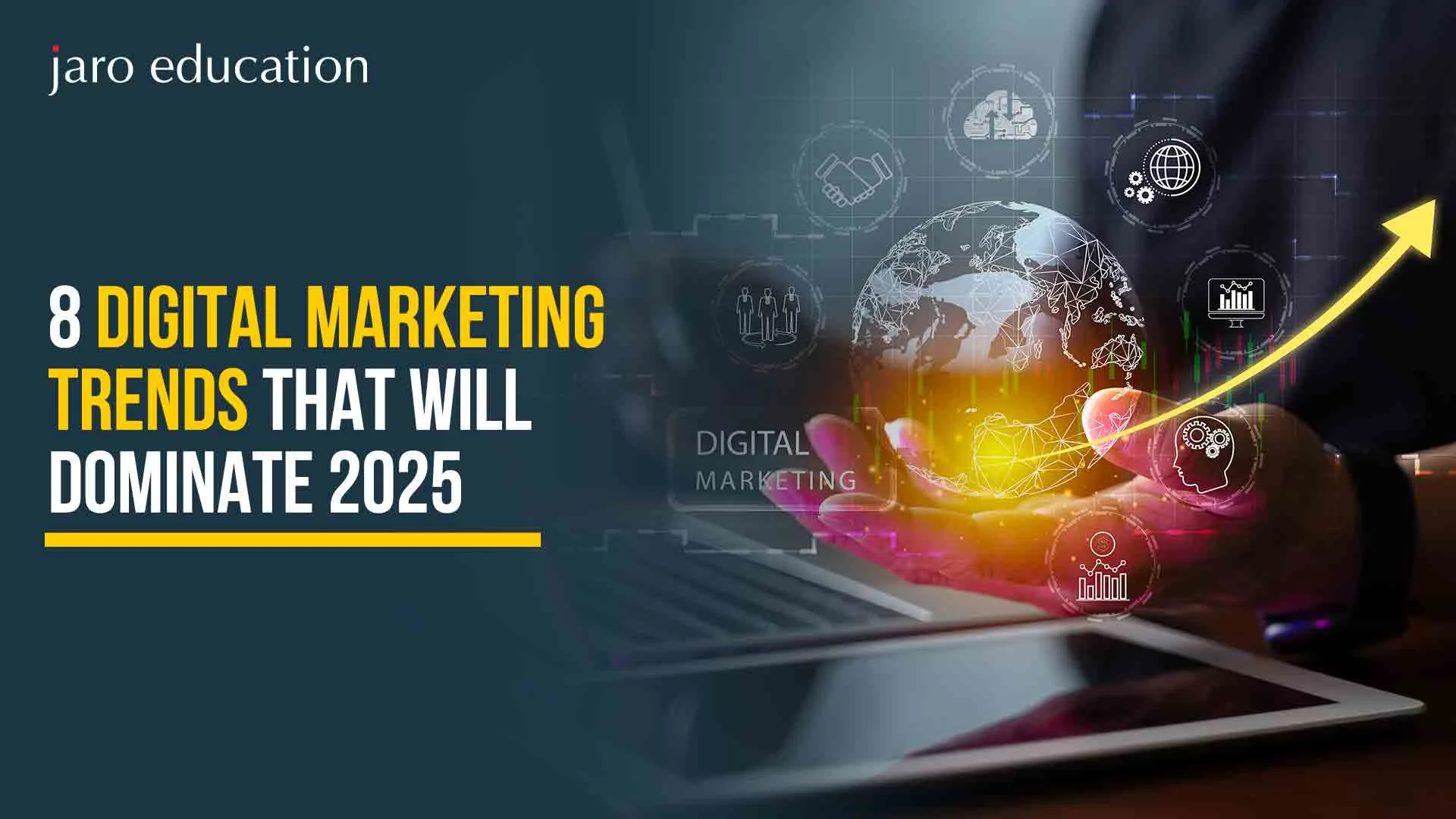
- jaro Education
- 6, March 2024
- 2:00 pm
The digital landscape is evolving faster than ever, making it crucial for businesses to stay ahead of the curve and capture their audience’s attention. This article delves into the latest digital marketing trends that are reshaping the industry, from AI-generated ads to influencer partnerships.
We explore the key trends that are set to dominate the digital marketing arena in 2025 and discuss how they can help businesses enhance brand awareness, engagement, and conversion rates. By understanding and leveraging these emerging trends, businesses can position themselves for success in the ever-changing digital landscape.
Here’s a lowdown on the latest digital marketing trends that are shaping the future of the industry.
Digital Marketing Updates
Highlights from the first day of DMWF Asia 2025 likely include coverage on the realization of artificial intelligence technology integration by digital marketing leaders.
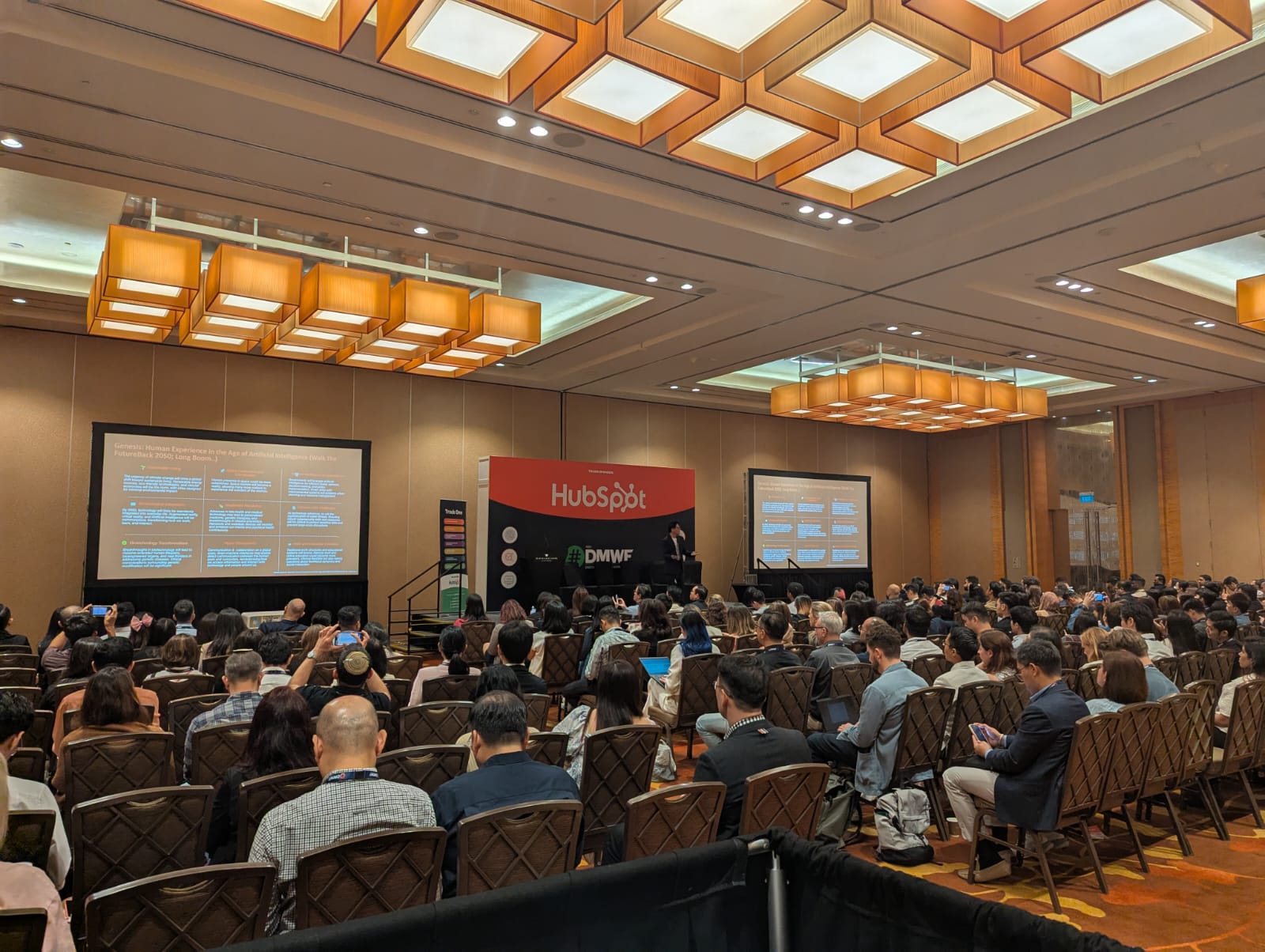
*Marketing Technology
The encapsulation of digital marketing strategies took place on the first day of DMWF Asia 2025, as industry influencers gathered to first speak about AI integration’s transformative effects as well as how consumer behaviours are changing on February 26.
The crowded opening sessions at Marina Bay Sands, Singapore, deftly addressed how marketing professionals find their way through the colliding worlds of technology and real human connection amid an ever-wrenching digital landscape, emerging trends in digital marketing, trending digital marketing topics, and new trends in online marketing.
Importance of Digital Marketing for Businesses
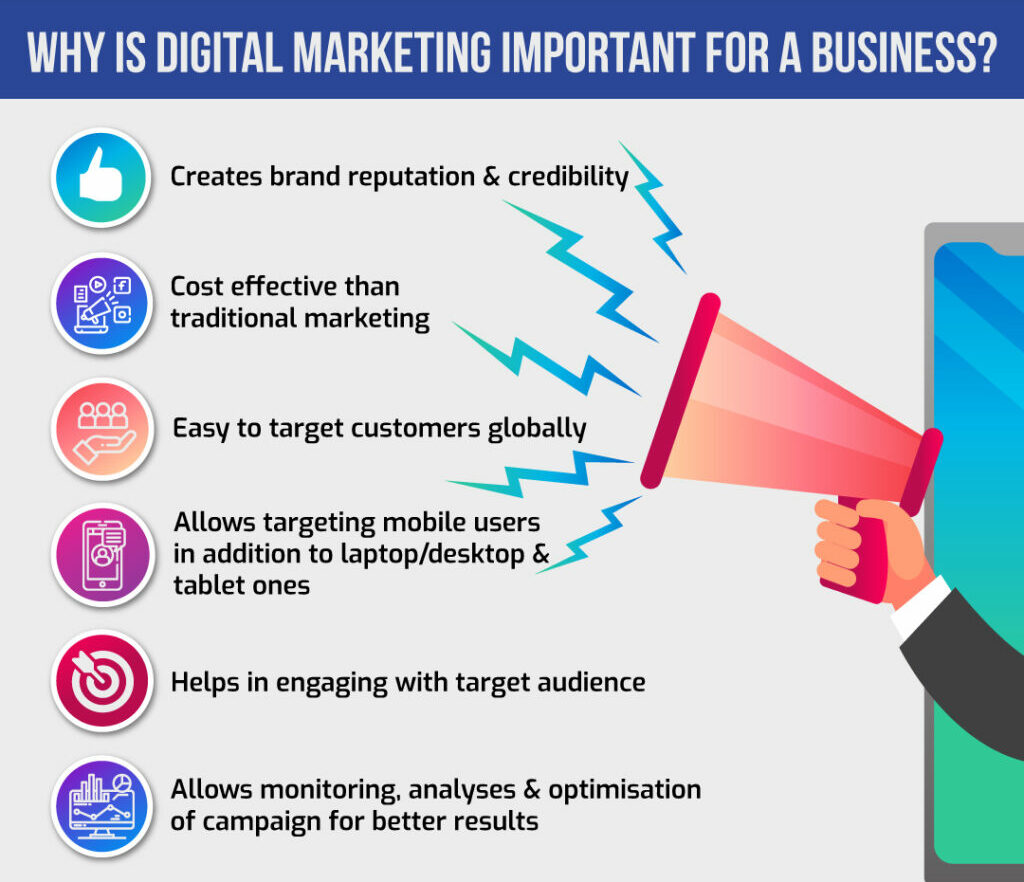
*Eclips
Digital marketing trends enable brands to effectively reach, engage, and convert target audiences online. It provides invaluable data insights to optimize campaigns and personalize customer experiences. The latest digital marketing trends give brands the ability to adapt strategies in real time based on performance. It delivers measurable ROI from ad spend across channels. Leveraging emerging technologies like AI and AR grants competitive advantages. Most importantly, digital marketing meets modern customers where they already spend time, on social media, search engines, and the internet. Mastering digital marketing is critical for brands in the digital world if they want to drive growth by acquiring and retaining digitally empowered customers now and in the future.
Digital Marketing Trends You Should Follow in 2025
Here are the most crucial trends for businesses, out of the top 10 latest digital marketing trends:
1. Artificial Intelligence (AI) Integration
In 2025, AI is escalating its activities in digital marketing sectors, vanishingly fast. With the prioritization of realizing the customer experience, personalization, and better decision-making, businesses have now adopted AI with much seriousness. AI tools in good use for brands include chatbots, recommendation engines, and predictive analytics, helping immensely in understanding customer behavior for delivering customized marketing strategies. Marketers are automating their workability for greater efficiency and scalability, thanks to AI’s capability to analyze and process data.
Voice Search Optimization With Alexa, Google Assistant, and Siri on the rise, the importance of creating content optimized for voice searches can no longer be overstated. Since more individuals make browsing and purchase decisions using voice search, businesses must adapt their SEO methods to take long-tail keywords and conversational queries into account, as well as local search phenomena. Voice search optimization most certainly would govern how brands interact and will become well-recognized by customers.
2. NFTs
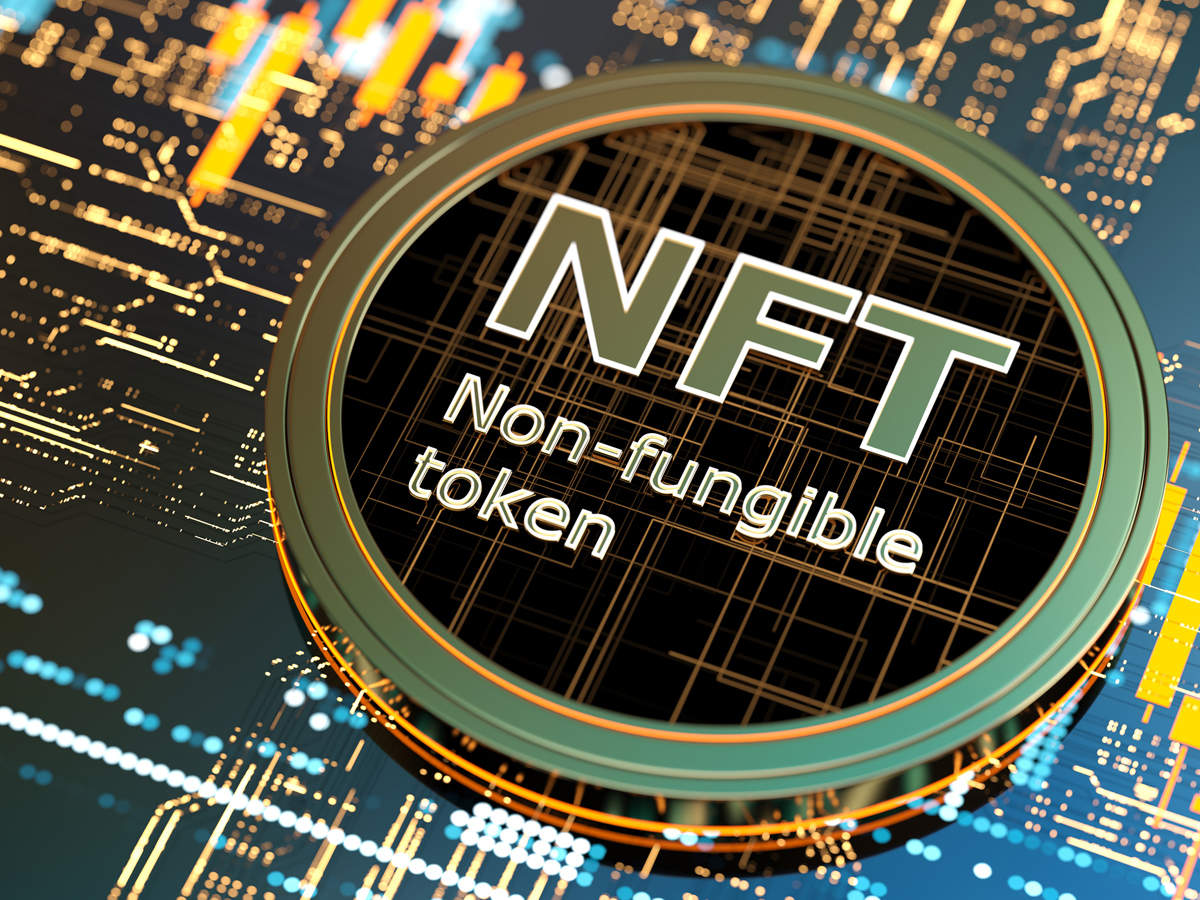
*Vajiram and Ravi
NFTs (non-fungible tokens) are unique digital assets created on the blockchain to verify scarcity and ownership. Initially popularized for digital art, NFT applications present creative marketing opportunities for brands to explore.
In 2025 and beyond, expect brands across industries to leverage NFTs in the form of collectible digital merchandise, loyalty and rewards programs, metaverse avatar enhancements, and more. For instance, an apparel brand could launch a limited edition of virtual clothing NFTs as a marketing campaign, granting digital ownership of unique branded garments to generate excitement.
As interactive virtual worlds like the metaverse gain adoption, users will seek to customize their representations through branded virtual goods backed by NFTs’ proof of digital ownership rights. Just as skins, accessories, and clothes allow for self-expression in video games today, brands have incentives to meet this inevitable demand for virtual branded personalization items. The market for these digital NFT enhancements will explode in 2025.
3. Metaverse
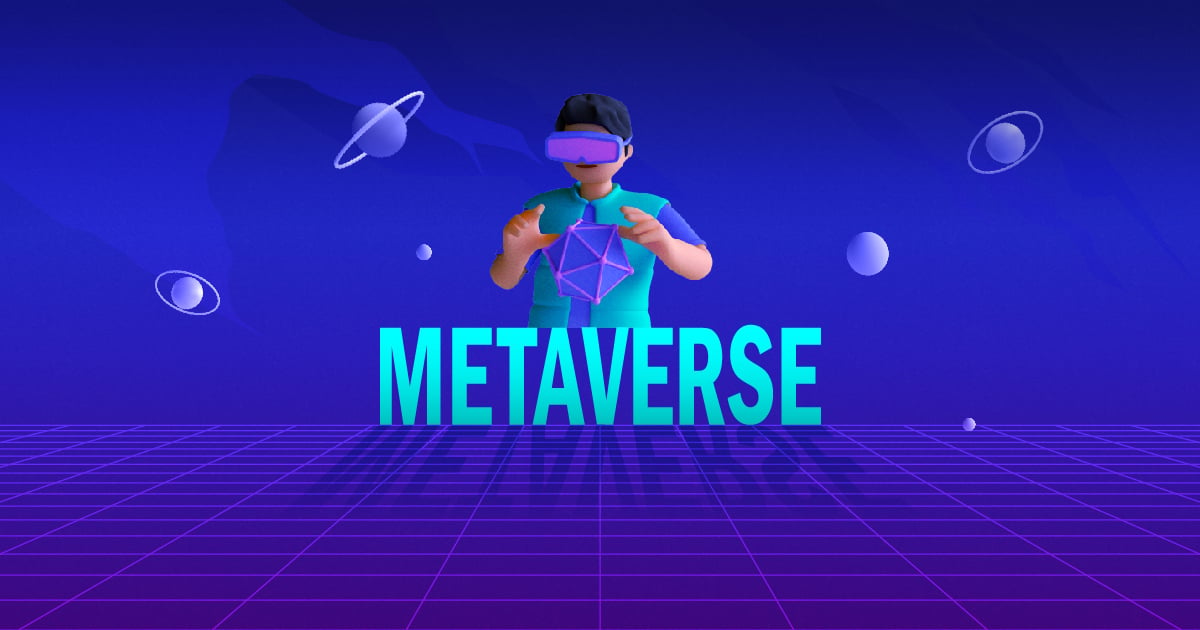
*ZebPay
The metaverse refers to a network of virtual worlds focused on social interaction. Major companies like Meta (formerly Facebook) invest heavily in developing metaverse technology and experiences.
In 2025, the metaverse will open up new digital marketing trend opportunities for brands. Marketers will be able to create virtual stores, interactive product demos, branded games, virtual events, and more within these immersive virtual environments.
Specialized ad formats will also emerge within metaverse platforms, allowing brands to target audiences in new ways. Overall, the interactive and visual nature of metaverse marketing will enable more engaging brand experiences compared to traditional digital ads.
4. Social Commerce
Social commerce is transforming how consumers discover and purchase products through social media platforms. Leading platforms like Instagram and Facebook already feature some shopping capabilities, allowing brands to tag products in posts and ads for instant checkout.
However, by 2025, social commerce capabilities will explode in popularity as platforms invest heavily in streamlined e-commerce experiences. Social media users will be able to seamlessly discover visually inspiring products as they scroll through feeds, check availability details, read reviews from friends, and enable one-click payments for smooth purchases without ever leaving the app.
For digital marketers, harnessing the immense sales enablement power of social commerce will be essential to remain competitive. Precision-targeted product ads on platforms like Instagram and TikTok will drive conversions more directly than just sending traffic to websites.
5. Voice Search
Voice search adoption is accelerating exponentially as AI assistants like Alexa, Siri, and Google Assistant turn out to be seamlessly integrated into day-to-day existence throughout smart speakers, phones, wearables, vehicles, and more. Recent estimates by synup.com show that 27% of searches in the Google App are performed by way of voice in preference to text by 2025.
This profound shift requires virtual marketers to optimize content material for conversational long-tail keyword terms matching natural human queries, rather than just focusing on unique key phrases. Advanced voice analytics offer precious insight into how actual people ask questions, permitting the introduction of website content, product statistics, and advertising messages optimized to reply to voice searches efficiently.
Being discoverable via voice is vital as voice-enabled gadgets proliferate and force an ever-growing percentage of all queries. Brands pioneering voice search optimization now will gain vast first-mover blessings in visibility and seek dominance as more consumers include the paradigm-changing comfort of creating purchases, gathering statistics, and self-educating through conversational voice instructions.
The stage is set for explosive mainstream adoption as technology advances enable seamless, integrated voice control over nearly all digital experiences across all platforms and devices. Brands must ensure they keep pace with how customers prefer to search in this voice-driven world if they want their messages heard.
6. Programmatic Advertising
Programmatic advertising automates buying and promoting virtual marketing spaces with the use of advanced AI and machine learning algorithms. Instead of manual advert placements, programmatic instantly analyzes personal information and public sale bids to supply ultra-focused, personalized advertisements in real time across websites, social media, and more.
Complex computer systems use huge amounts of data, like location, demographics, browsing history, purchase reason signals, environmental factors, and more, to get to know each audience as an individual. Based on this granular analysis, relevant and timely ads are brought to particular website traffic to drive engagement and conversions.
Experts in the industry predict that by 2025, programmatic buying will account for over 90% of all virtual display advertising, as the results consistently surpass guided strategies. Ad operations take a lot of time. If brands use self-improving AI to handle these tasks, they can save money on ads and free up human resources to work on more creative marketing campaigns and messages.
Programmatic advertising makes it easier to buy things and make decisions based on insights. This leads to better audience targeting, better quality scoring, and full cost transparency. Brands leveraging these systems gain sustainable competitive advantage by amplifying the effects of their advertising budgets compared to those still placing ads manually. The future of effective and efficient brand-building is algorithmic.
7. Rise of Augmented Reality (AR)
Augmented reality overlays digital information and objects onto the real-world environment. AR is projected to see massive adoption for marketing uses like interactive brand experiences and immersive product previews.
AR enables customers to virtually try products and environments before purchase. For example, rather than guessing how furniture might look in a room, AR allows accurate previews by overlaying 3D models into a live camera view of the space. The result drives confidence in buying decisions.
AR also provides engaging branded content opportunities. Marketers can create interactive AR experiences like games, quizzes, and puzzles to generate excitement and visibility. AR will emerge as a key tool for experiential marketing events as the tech becomes more accessible.
Overall, AR provides a big competitive advantage by blending digital enhancements with real-world interactions. Forward-thinking brands across industries like retail, auto, and travel can captivate audiences by building AR into their marketing strategies in creative ways.
8. Marketing With Virtual Influencers
Virtual influencers are fictional, computer-generated characters that have growing followings on social media. Top virtual influencers like Lil Miquela and Knox Frost often collaborate with real brands just like human influencers.
By 2025, expect marketing with virtual influencers to become significantly more commonplace. Virtual influencers enable full control over brand messaging without the risks associated with human influencers. They also tend to attract very targeted, niche audiences with specific interests.
Additionally, virtual influencers can be available to interact with followers 24/7 and never age over time. They are the ultimate brand ambassadors. Through compelling character design and social content, they build loyal communities that brands can activate to drive awareness and purchases.
How To Overcome The Challenges In Digital Marketing?
Embarking on a successful journey in digital marketing requires a strong foundation and a profound understanding of the industry’s theoretical and practical aspects. This knowledge equips you to navigate the ever-changing landscape and overcome the challenges that arise with emerging trends and market developments.
Formal Education and Training
One of the most effective ways to build this foundation is to pursue a recognized degree or certification in digital marketing. These programs provide comprehensive training, covering essential topics such as:
- Digital Marketing Fundamentals: Understanding core concepts like SEO, SEM, social media marketing, content marketing, email marketing, and analytics.
- Consumer Behavior: Analyzing how consumers interact with brands online and understanding their decision-making processes.
- Market Research: Researching to identify target audiences, analyze competitors, and understand market trends.
- Digital Marketing Strategy: Developing and implementing effective strategies to achieve marketing goals.
- Digital Advertising: Creating and managing advertising campaigns across various digital platforms.
- Social Media Management: Building and engaging with audiences on social media platforms.
- Content Creation and Curation: Developing high-quality content that attracts and engages target audiences.
- Data Analysis and Optimization: Using data to measure performance, identify areas for improvement, and optimize marketing campaigns.
Choosing the Right Educational Institution
Selecting a reputable university or training provider is crucial for your success. Look for institutions that offer:
- Experienced Faculty: Instructors with extensive industry experience and expertise.
- Up-to-Date Curriculum: A curriculum that covers the latest digital marketing trends and technologies.
- Practical Training: Opportunities to apply theoretical knowledge through hands-on projects and internships.
- Industry Connections: Partnerships with companies in the digital marketing industry, providing networking and job placement opportunities.
- Career Support: Guidance and resources to help you launch your career in digital marketing.
| Institute Name | Course Name |
|---|---|
| IIM Indore | Executive Programme in Marktech and AI-Driven Marketing |
| IIM Kozhikode | Professional Certificate Programme in Digital Marketing for Performance & Growth |
| IIM Visakhapatnam | Post Graduate Certificate in Digital Marketing & Growth |
| IIM Ahmedabad | Digital Marketing: Business Models, Processes and Technologies |
By investing in your education and choosing the right institution, you’ll be well on your way to overcoming the challenges of digital marketing and achieving your career goals. Remember, the digital marketing landscape is constantly evolving, so continuous learning and staying up-to-date with the latest trends are essential for long-term success.
Demonstrating its commitment to learners’ career advancement, Jaro Education has transformed the careers of over 3.5 lakh professionals in the past 15 years through its more than 23 learning centers across India, Singapore, and the USA. The company has domain expertise and insight into executive education, offering executive education programs tailor-made to suit the demands of entrepreneurs and working professionals, from entry-level to C-suite, in every field and industry. It is recognized for changing the features of online education in India and offers more than 150 management, technology, and techno-functional programs in association with top reputed institutes.
Jaro Education is committed to your professional success. Our team of experienced career advisors and industry experts will provide you with personalized guidance and support at every step of your career journey through upskilling, career changes, or career advancement.
Final Thoughts
The digital marketing landscape in 2025 will be defined by new, emerging technologies and strategies like the metaverse, NFTs, cryptocurrency, voice search, and AI. Brands that adapt and incorporate these digital marketing trends early will achieve greater visibility, engagement, and conversions with online audiences. The future of digital marketing is bright, and embracing the trends will help marketers lead their way to exponential success.
Frequently Asked Questions
Digital marketing trends encompass artificial intelligence and machine learning; marketing with video content applications; voice search optimization; chatbot applications; personalization; influencer marketing; and interactive content. Marketing platforms and social media, namely TikTok, Instagram, and LinkedIn, continue to transform into the main channel space for marketing.
AI is giving a new face to digital marketing by permitting greater personalization, predictive analytics, automation, and chatbot-related applications. AI tools are analyzing vast amounts of data and predicting a customer’s behavior, allowing businesses to make even more targeted campaigns.
Video content is designed to be engaging and effectively grab the audience’s attention away from the static world of text and photographs. According to most leading social media platforms, such as YouTube, Instagram Stories, and TikTok, video is the world’s predominant new medium for every facet of brand storytelling—from product demos to customer testimonials.
Since the inception of voice assistants, such as Alexa and Siri, voice search optimization has become paramount. Voice searches are typically conversational and longer-tail; therefore, businesses need to optimize their SEO strategies to approach-consciously voice-querying for better visibility.



